Trang An landscape complex features outstanding universal values
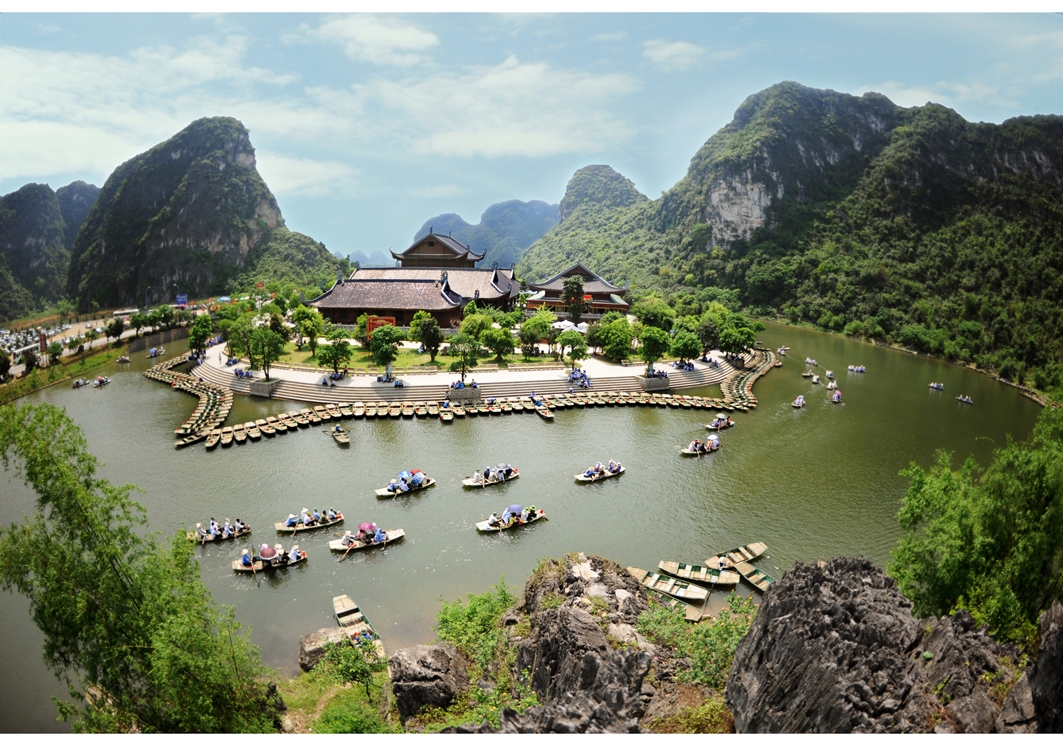 |
| The Trang An landscape complex attracts many domestic and international visitors |
The recognition is based on the principles of the Convention on the Protection of World Culture and Natural Heritages including cultural, aesthetical, and geological-geomorphic values and the preservation of heritage.
This is the first time a Vietnam tourist site has became a world mixed natural and cultural property.
Located in northern Ninh Binh province, the turbulent movement of earth crust of hundreds of million years ago has endowed the province with a unique nature of caves, mountains, lakes and historical relics.
The complex consists of three adjacent areas. These consist of the cultural area, the ancient capital of Hoa Lu (under three shortlived dynasties - Dinh, early Le and early Ly between 968 and 1009).
The natural aspects are the stunning limestone peaks, streams and caves at Trang An, Tam Coc and Bich Dong.
Then there is the Hoa Lu primeval forest. The whole complex covers 6,172 ha and an 6,268 ha-buffer zone of paddy fields.
The complex features outstanding geological-geomorphic values of World Heritage within a limestone mountain system.
The height of the limestone block of Hoa Lu is around 200 meters above sea level, decreasing in height from the northwest to the southeast, as it slopes to the sea.
The Hoa Lu limestone block consists of hundreds of connected karsitic limestone mountains in close proximity.
Dramatic karst peak topography dominates the top of the limestone block, while the inside of the block is permeated with thousands of caves, many of which are interlinked, along waterways.
The most characteristic - and spectacular - part of this geological area is included in the core zone of the Trang An Landscape heritage site.
Also included in the core zone are the most important caves showing the evolution of cave formation over a long geological period of time.
The buffer zone includes all the water bodies and water courses which contribute to the ongoing geological evolution of the area.
The high fragmentation of the limestone mountains in the Trang An Landscape Complex has resulted in numerous karst blocks, bell-shaped karst formations, all with precipitous slopes.
Lying between the karst towers are karst valleys and expanded eroded karstic lowlands, floored with limestone mud sediments, which are flooded annually during the rainy season.
Therefore, today people call Trang An as ‘Ha Long on land’.
Exploration of some of the highest altitude caves dotted across the landscape has revealed archaeological traces of human activity dating back almost 30,000 years, which illustrates the occupation of these mountains by hunter-gatherers, and how they adapted to climatic and environmental changes.
Around 23,000 years ago, some prehistoric cultures evolved in the region, from the Stone Age to the Iron and Bronze Age.
Not only serving as a cradle of civilisation of ancient Vietnamese, Trang An also used to house the first capital of the Vietnamese feudal and independent state, Hoa Lu, in the 10th century.
The historical and cultural evidences is seen at historical sites, and in the architectural art of temples, pagodas, paddy-field landscapes, villages and sacred sites scattered over a large area of 10,000 hectares in Hoa Lu, Gia Vien, and Nho Quan districts.
With meeting the criteria of UNESCO on outstanding universal value of World Heritage, the Trang An Landscape Complex is the first world site in Vietnam combining both natural and cultural aspects.
Around the world, only 28 heritages are recognised as world mixed natural and cultural properties by UNESCO.
The recognition was announced on June 23 at a meeting of the Heritage Committee of the United Nations' Educational, Scientific and Cultural Organisation in Doha, Qatar.
What the stars mean:
★ Poor ★ ★ Promising ★★★ Good ★★★★ Very good ★★★★★ Exceptional
Latest News
More News
- Cathay Cargo resumes Ho Chi Minh City service (April 05, 2024 | 19:04)
- Cultivating agricultural tourism model in Hanoi (April 05, 2024 | 14:51)
- HCM City stimulates tourism with discounts up to 60 per cent (April 04, 2024 | 16:01)
- Visitors to Vietnam in first quarter exceeded pre-COVID numbers (April 03, 2024 | 16:42)
- Domestic tourism under threat from high flight costs (April 02, 2024 | 12:19)
- Travelling back to nature (April 02, 2024 | 11:50)
- An Giang launches smart tourism information portal (March 29, 2024 | 10:20)
- Hanoi voted as ‘Best Food Destination for 2024’ by TripAdvisor readers (March 29, 2024 | 10:08)
- AirAsia Cambodia ready to take off starting with three domestic destinations (March 19, 2024 | 18:27)
- Phu Quoc among top beach destinations in Asia (March 19, 2024 | 15:55)



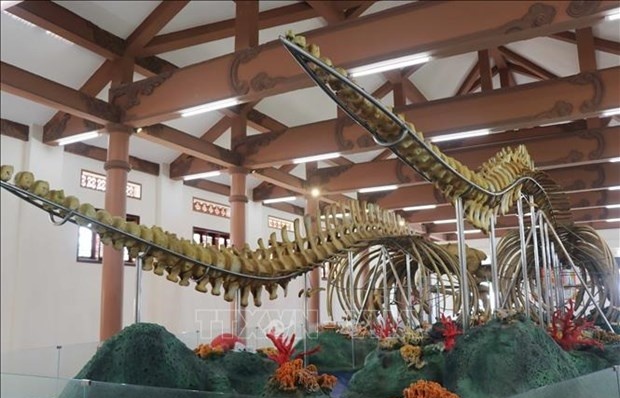
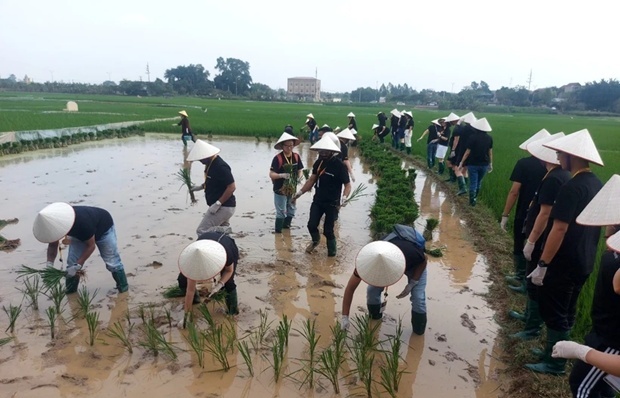
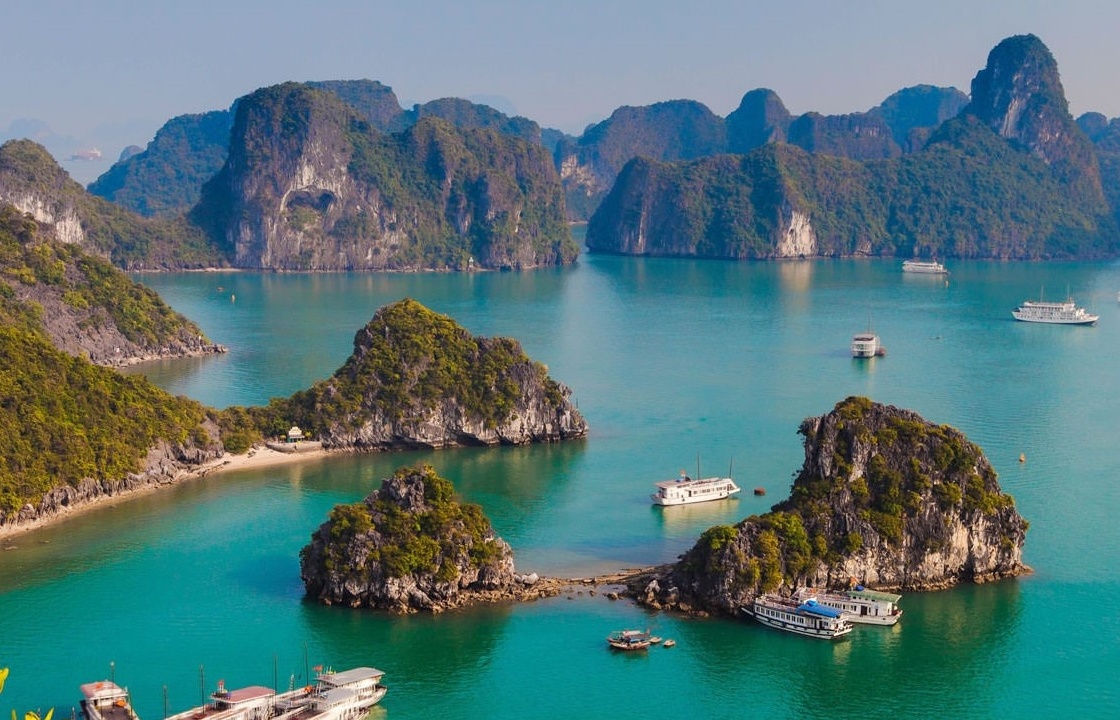
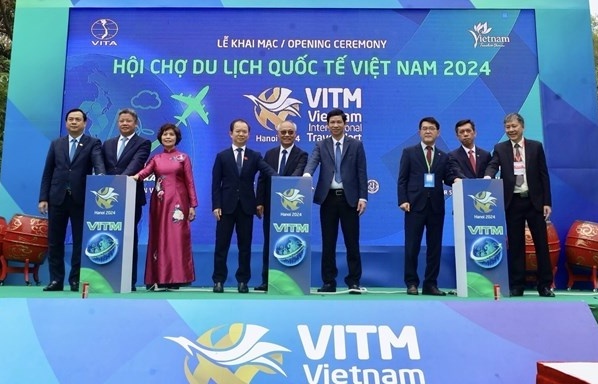
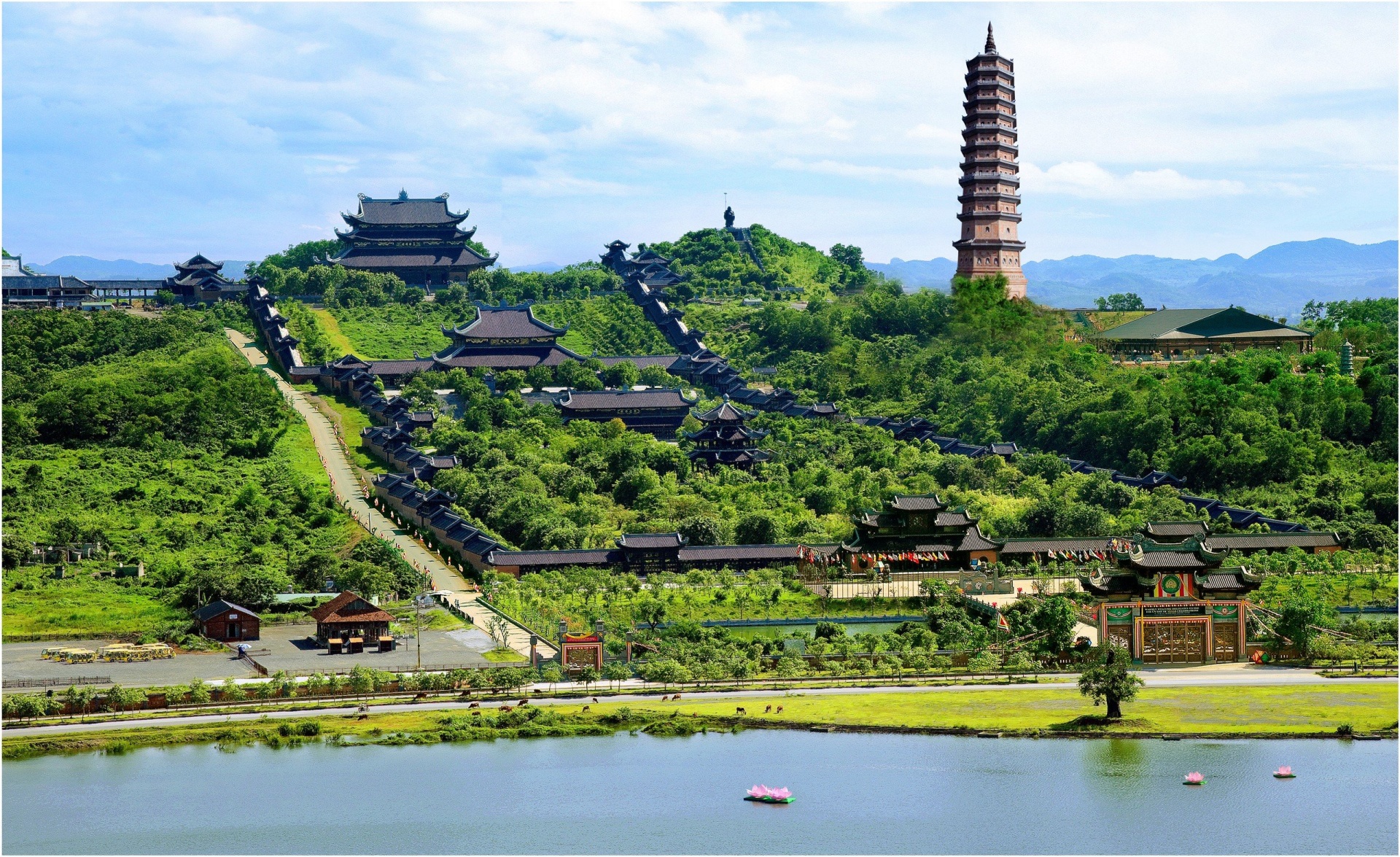




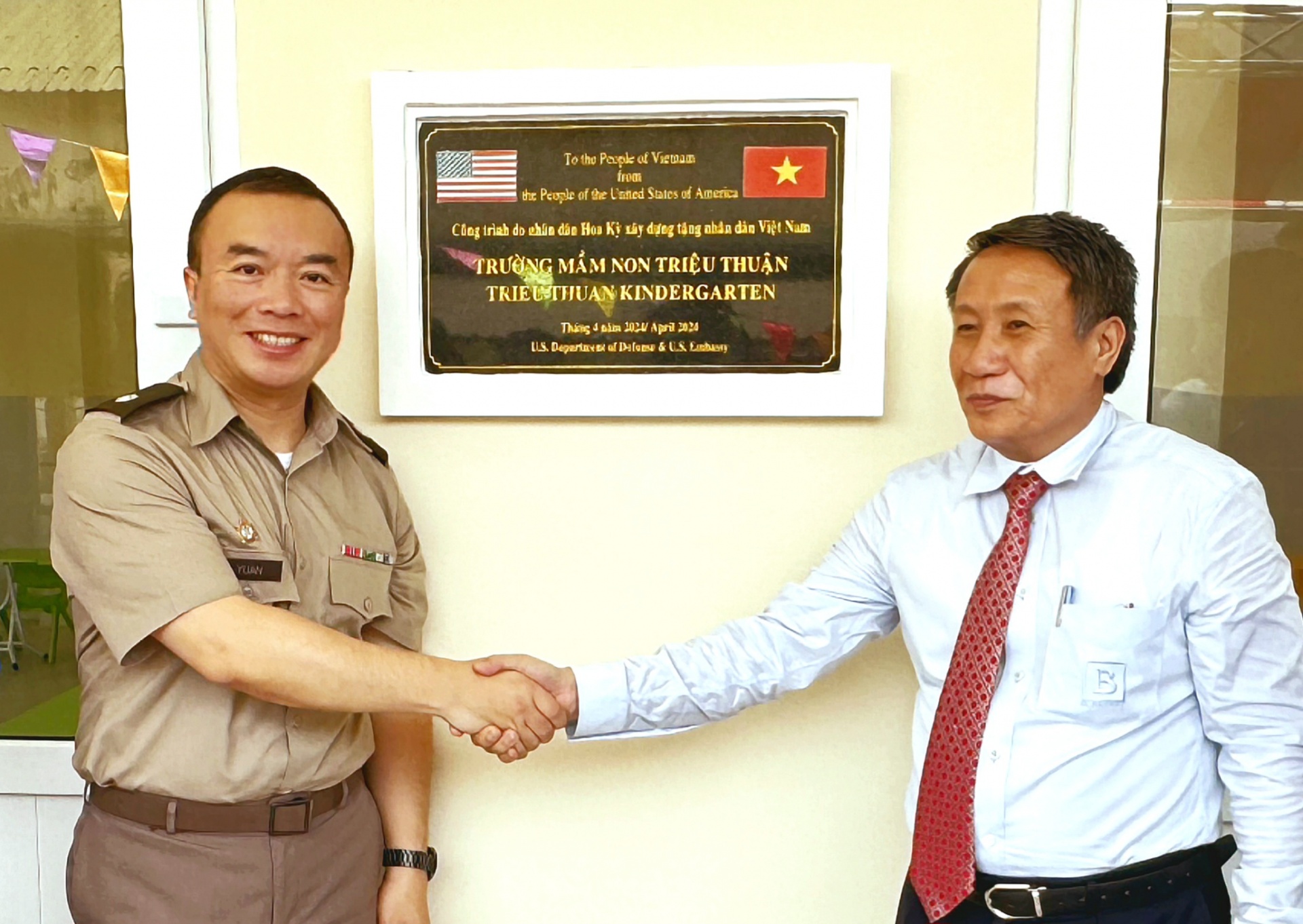
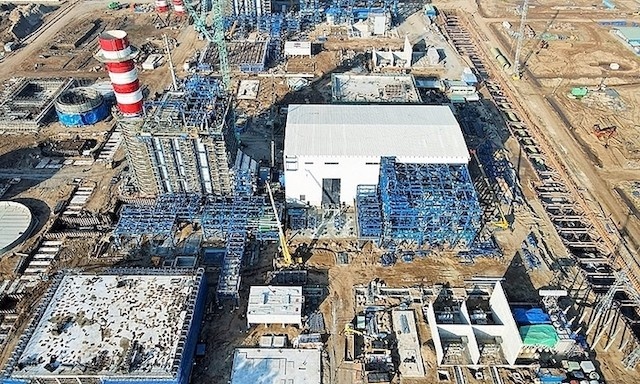




 Mobile Version
Mobile Version